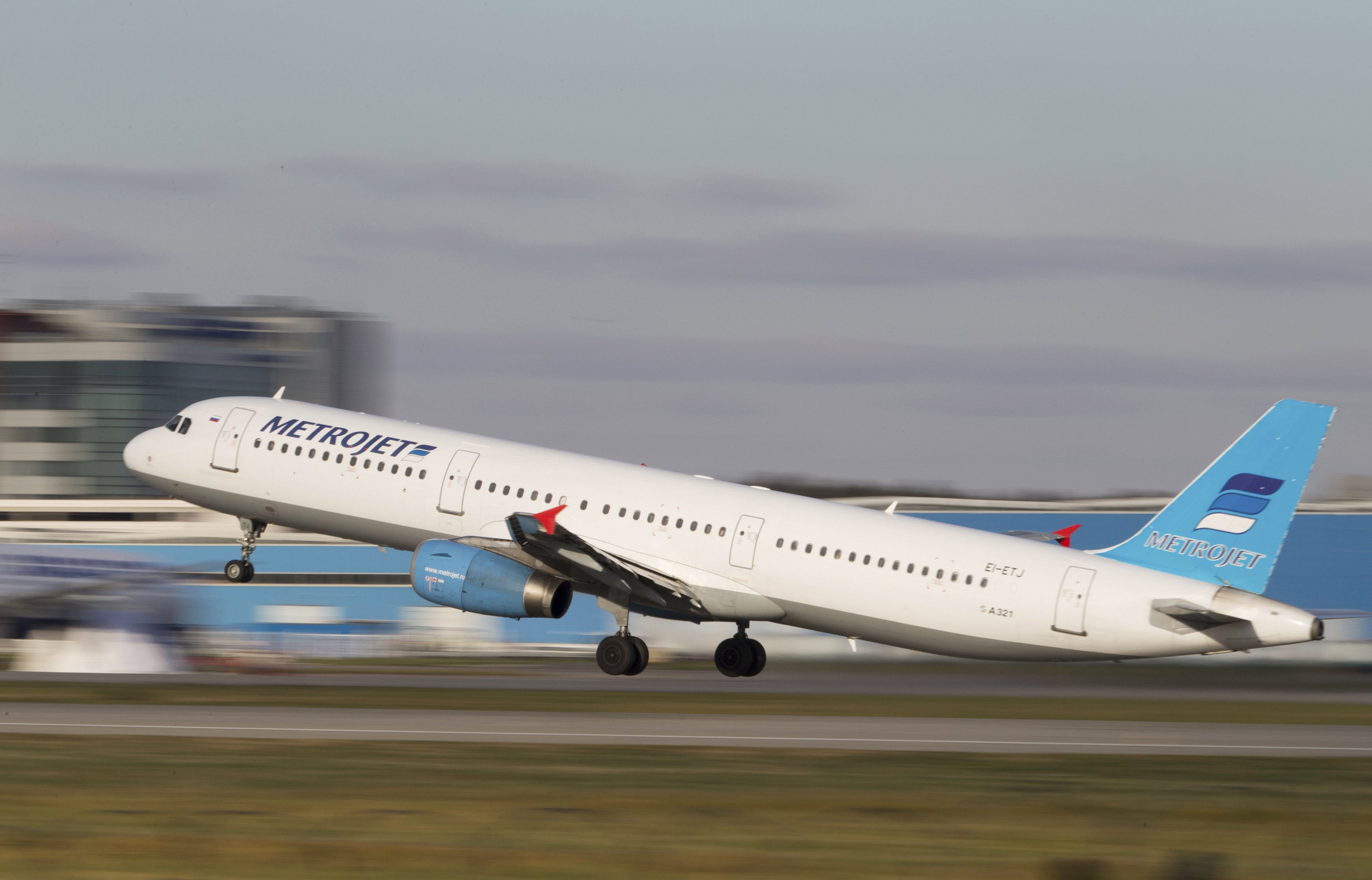Investigators probing the crash of an Airbus Group SE jetliner in Egypt will focus on how a plane built to withstand extreme turbulence and equipped with devices meant to prevent flight maneuvers that might break it apart could have been ripped to pieces in midair.
With the spread of wreckage across the desert suggesting a high-altitude disintegration that could stem from structural failure or an on-board explosion, Russian carrier Metrojet said Monday that early evidence points to some sort of "mechanical impact." The U.S. said there's no direct evidence of a terror link.
Authorities analyzing Saturday's crash have an advantage over recent high-profile probes, with the impact zone readily accessible, the debris field unencumbered by jungle or water and flight recorders already recovered. Taken together, those factors could greatly ease the complex task of explaining the loss.



















With your current subscription plan you can comment on stories. However, before writing your first comment, please create a display name in the Profile section of your subscriber account page.